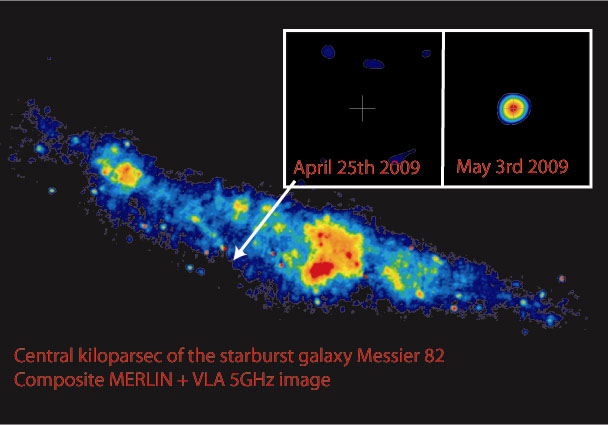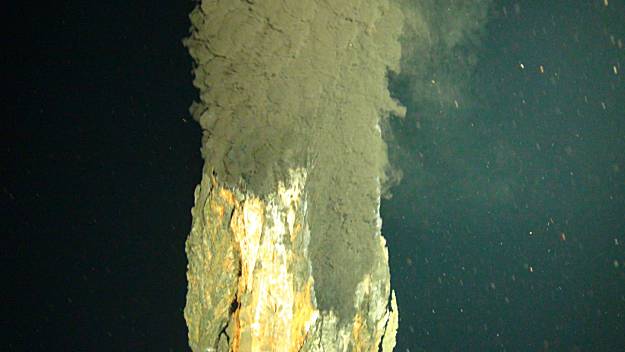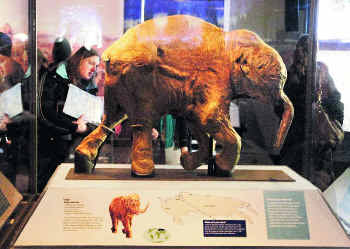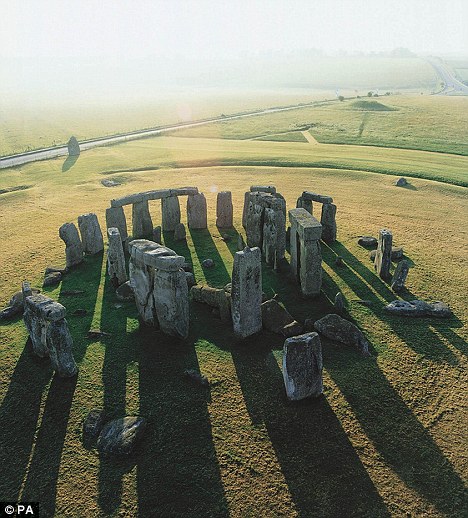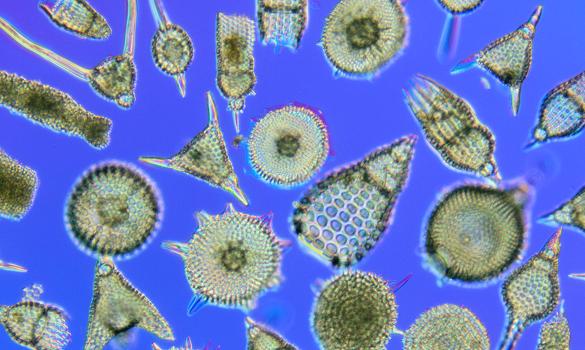
© TimesOnlineRadiolaria. Light micrograph of an assortment of radiolaria, a type of marine protozoa
Oceanographers hoping to create a comprehensive census of marine life are deciding that their task is far bigger than imagined.
During some 300 voyages scientists of the 10-year Census of Marine Life have been sampling plankton, microbes and sediment-dwellers, but the rate at which they made new discoveries - including a bacterial community the size of Greece on the seabed near Chile - is forcing them to reappraise their estimates of how much they know.
"There are many more species than we thought there were," Dr Ann Bucklin, head of the University of Connecticut Marine Sciences Department, who headed up the team investigating zooplankton, told
The Times. "It turns out the ocean food web is much more complex than we thought it was, in terms of the number of different species."
The team used DNA-sampling techniques to catalogue the life they found, but other techniques have not changed much since the first oceanographic expedition, conducted by HMS
Challenger in 1872. Huge nets were dragged through the deep sea between one and five kilometres beneath the surface. Some samples were kept for taxonomic study, while others were probed for their DNA. Now, as then, new species and genera were found with every trawl.
